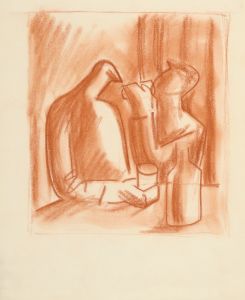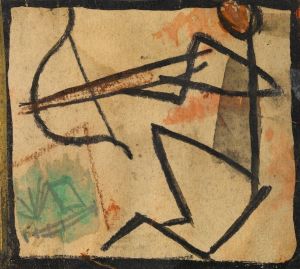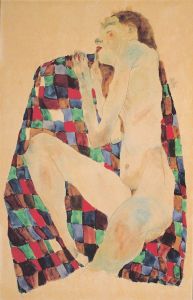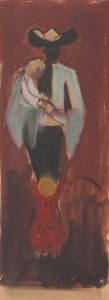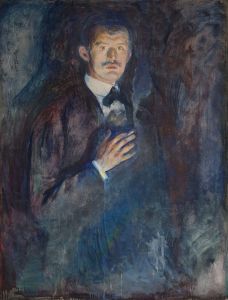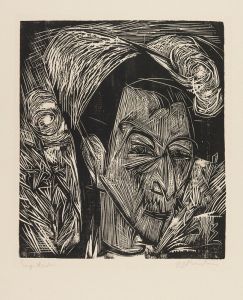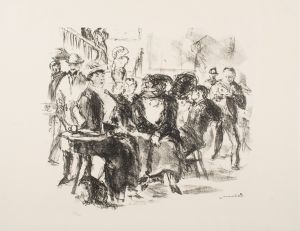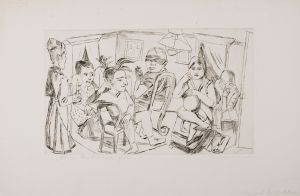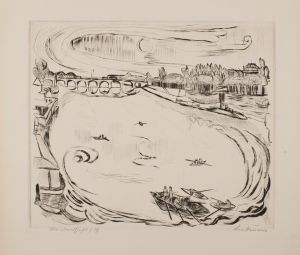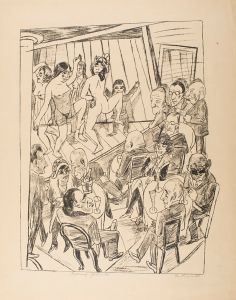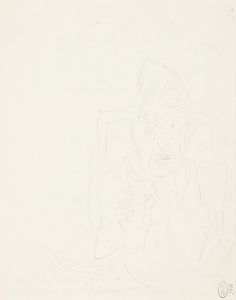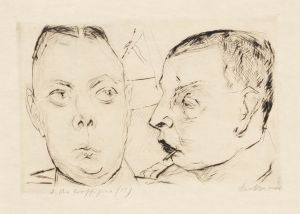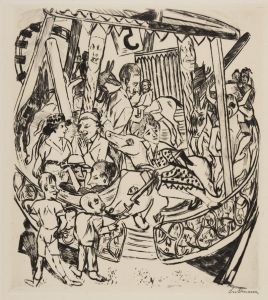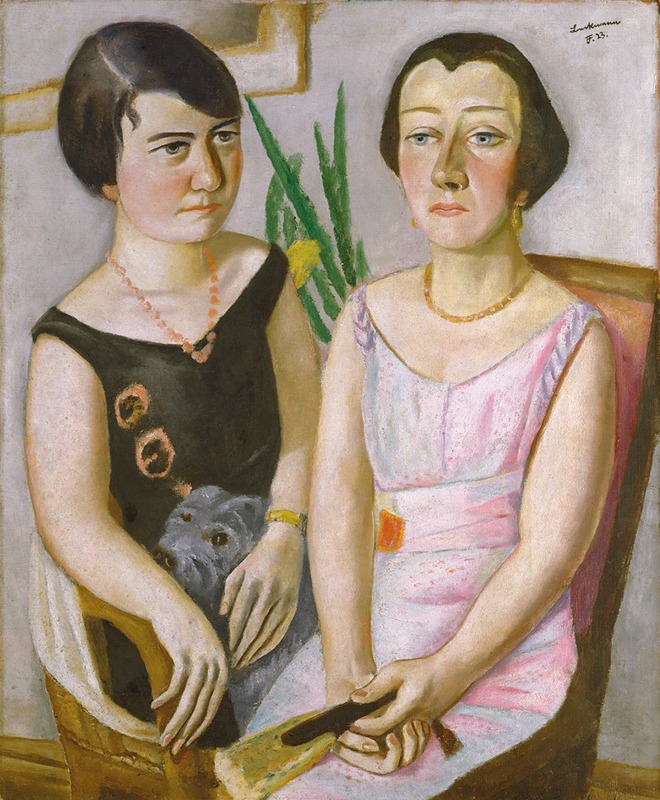
Double Portrait
A hand-painted replica of Max Beckmann’s masterpiece Double Portrait, meticulously crafted by professional artists to capture the true essence of the original. Each piece is created with museum-quality canvas and rare mineral pigments, carefully painted by experienced artists with delicate brushstrokes and rich, layered colors to perfectly recreate the texture of the original artwork. Unlike machine-printed reproductions, this hand-painted version brings the painting to life, infused with the artist’s emotions and skill in every stroke. Whether for personal collection or home decoration, it instantly elevates the artistic atmosphere of any space.
Max Beckmann's "Double Portrait" is a notable work by the German painter, who is recognized for his significant contributions to the Expressionist movement. Beckmann, born in 1884 in Leipzig, Germany, developed a distinctive style characterized by bold colors, dynamic compositions, and a focus on the human condition. His works often reflect the tumultuous socio-political landscape of early 20th-century Europe.
"Double Portrait" is one of Beckmann's many explorations of the human psyche and interpersonal relationships. Although specific details about this particular painting are limited, Beckmann's double portraits generally feature two figures, often depicted with a sense of psychological tension or emotional complexity. These works are known for their introspective quality, inviting viewers to ponder the nature of the relationship between the subjects.
Beckmann's career was profoundly influenced by the events of his time, including World War I and the rise of the Nazi regime. His experiences as a medical orderly during the war had a lasting impact on his artistic vision, leading him to explore themes of suffering, identity, and the human struggle. After the war, Beckmann's style evolved from Impressionism to a more expressionistic approach, characterized by a darker palette and more abstract forms.
In the 1920s, Beckmann became associated with the New Objectivity movement, which sought to present a more realistic and socially engaged form of art. His works from this period often feature sharp lines and a focus on the stark realities of life. However, Beckmann's art retained a unique personal touch, blending realism with symbolic and allegorical elements.
During the Nazi regime, Beckmann's art was labeled as "degenerate," and he was dismissed from his teaching position at the Städelschule in Frankfurt. In 1937, he fled Germany, eventually settling in Amsterdam. Despite the challenges he faced, Beckmann continued to produce art that reflected his inner turmoil and the broader societal issues of his time.
"Double Portrait" can be seen as part of Beckmann's broader oeuvre, which frequently includes self-portraits and depictions of couples or groups. These works often explore themes of identity, duality, and the complexities of human relationships. Beckmann's use of bold colors and dramatic compositions serves to heighten the emotional intensity of his subjects, drawing viewers into the psychological depth of the scene.
Throughout his career, Beckmann remained committed to exploring the human condition through his art. His works are celebrated for their ability to convey the complexities of life, capturing both the beauty and the brutality of the world around him. Beckmann's legacy continues to influence contemporary artists, and his paintings are held in high regard by art historians and collectors alike.
While specific details about "Double Portrait" may be scarce, the painting is emblematic of Beckmann's broader artistic vision. It reflects his ongoing interest in the interplay between individuals and the psychological landscapes they inhabit. Beckmann's work remains a powerful testament to the enduring power of art to capture the essence of human experience.






